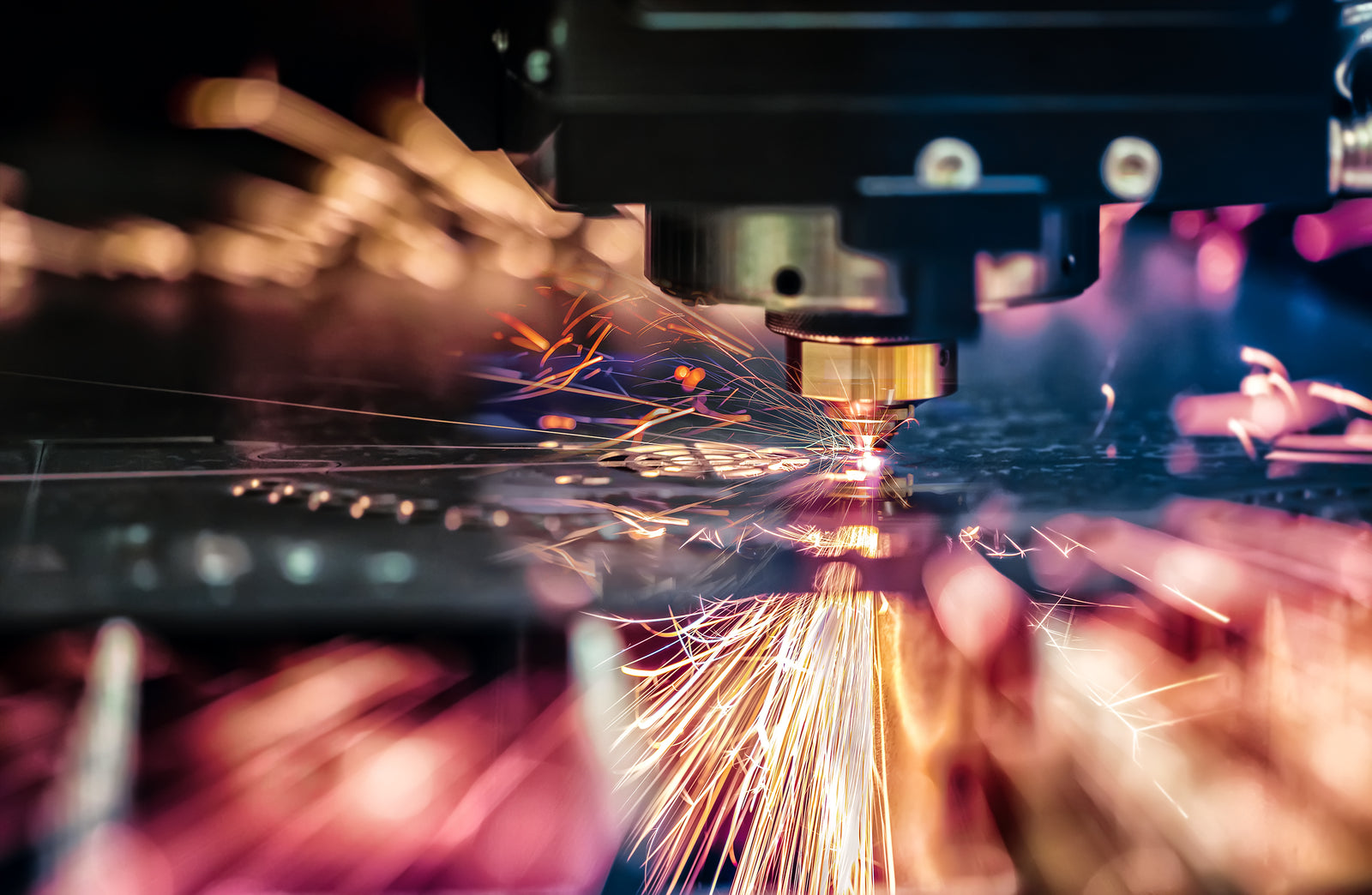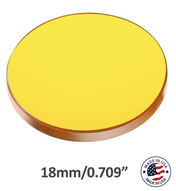CO2 laser lenses play a critical role in shaping, focusing, and directing the laser beam for various applications. In this comparison, we'll evaluate three different lenses: Lens A, Lens B, and Lens C. Each lens is designed to excel in specific scenarios, making them suitable for a range of applications.
1. Lens A: Precision Focusing Lens
Features:
Focal Length: Shorter focal length for high precision and fine-detail work.
Coating: Multi-layer anti-reflective coating for improved energy transmission.
Material: High-quality ZnSe (Zinc Selenide) lens material.
Aperture Size: Small aperture suitable for intricate engraving and cutting.
Performance: Excellent beam quality preservation.
Performance:
Lens A excels in applications requiring fine details and high precision. Its short focal length and anti-reflective coating make it ideal for intricate engraving, marking, and micro-cutting. The small aperture size ensures optimal energy concentration, resulting in precise material removal without excessive heat buildup.
Suitable Applications:
Micro-engraving
Jewelry marking
Electronics manufacturing
Medical device fabrication
2. Lens B: High-Power Cutting Lens
Features:
Focal Length: Medium focal length for a balance of precision and cutting efficiency.
Coating: High-damage threshold coating for handling high-power laser beams.
Material: ZnSe or GaAs (Gallium Arsenide) lens material for increased durability.
Aperture Size: Moderate aperture suitable for general cutting and engraving.
Performance: Designed to handle higher laser power levels.
Performance:
Lens B is optimized for high-power cutting applications. Its medium focal length strikes a balance between precision and cutting efficiency, making it suitable for various materials and thicknesses. The high-damage threshold coating ensures the lens can withstand intense laser beams without degradation.
Suitable Applications:
Industrial metal cutting
Plywood and acrylic cutting
Leather and fabric cutting
Automotive manufacturing
3. Lens C: Beam Expansion Lens
Features:
Focal Length: Long focal length for beam expansion.
Coating: Optimized for minimal beam distortion during expansion.
Material: ZnSe or Ge (Germanium) lens material for thermal stability.
Aperture Size: Larger aperture for beam expansion purposes.
Performance: Focuses laser beam to a larger diameter at a distance.
Performance:
Lens C is primarily used for beam expansion applications. Its long focal length allows the laser beam to be expanded to a larger diameter, which is useful for applications like laser cutting with reduced divergence and maintaining beam quality over longer distances.
Suitable Applications:
Laser material processing at a distance
Long-distance laser communication
Remote sensing
Laser-based measurement systems
In conclusion, the choice of CO2 laser lens depends on the specific requirements of your application. Lens A offers precision for fine-detail work, Lens B excels in high-power cutting scenarios, and Lens C is designed for beam expansion applications. Evaluating the features, performance, and suitability of these lenses will help you make an informed decision based on your desired outcomes.






